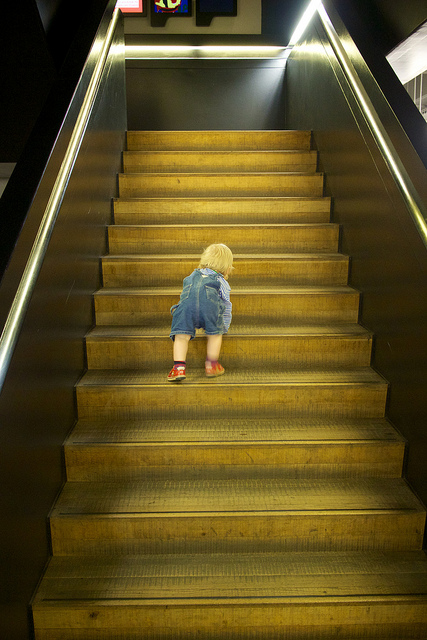US short-term interest rates may not rise back to 2% until 2019 or 2021, given weak domestic growth and protracted international headwinds such as China’s slowdown, Legg Mason Western Asset Chief Investment Officer, Ken Leech, says.
The 38,000 jobs added by the US economy in May, the lowest number in almost six years, is a sign that the US economy is not growing as fast as many observers believed. The data, however, confirms an economic backdrop more aligned with the firms´ moderate view of the US economy.
“I think it could still take 3 to 5 years for short-term rates to go back to 2%,” says Leech. “That’s a long time, but remember people also said 3 to 5 years in 2009. Given global fragility, I think that a rate hike now would be a misjudgement of the situation; it’s not just that global inflation hasn’t stabilized yet; it’s that it is still coming down. Japan and Europe are still fighting deflation. This is going to be a very long process.”
Pasadena, California-based Western Asset believes the US Federal Reserve won’t raise rates unless and until:
- Financial conditions improve significantly, globally.
- Economic growth is in line with the Fed’s forecast – and it is still below.
- Inflation expectations rise.
In this scenario, global monetary policy is likely to stay accommodative, supporting sectors such as corporate and certain Emerging Market bonds. Ken Leech says: “We believe U.S. investment-grade has very compelling valuations, as current spreads are very high when compared with recent recession levels. There are also opportunities in high-yield, where the implied cumulative default rate is a staggering 37%, well above the current 2%. The most controversial area may be emerging markets, which have a terrible storyline: slow growth, low commodity prices and political challenges. All this has created a stampede out of the asset class that has brought EM spreads back to 2008–09 levels. While we may agree, we ask ourselves: what’s the price?”

